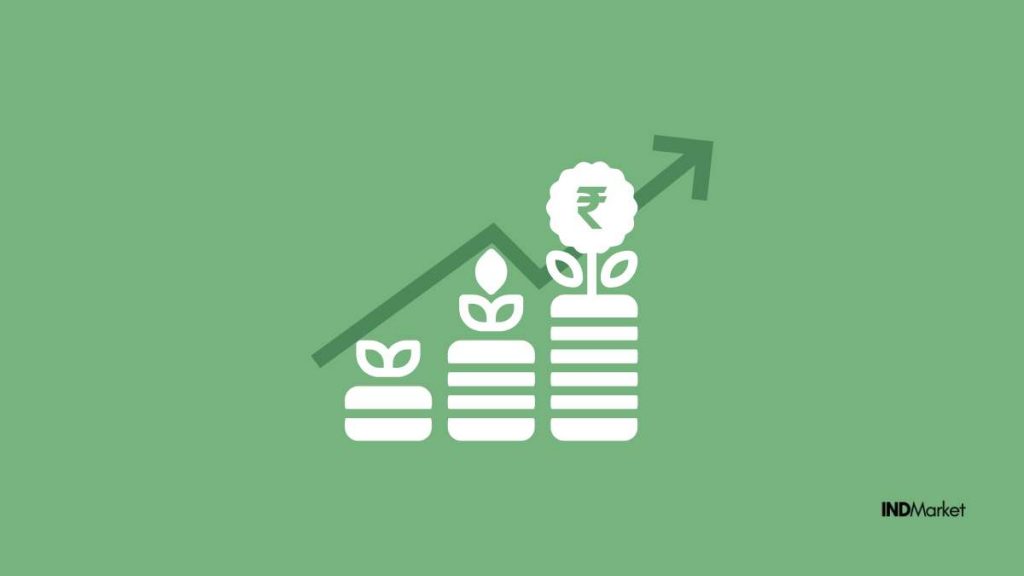When it comes to investing in mutual funds, two popular methods often create confusion: Systematic Investment Plan (SIP) and lump sum investment. Both strategies have their own strengths and are suitable in different scenarios. But how do you know which one is right for you?
A SIP allows you to invest a fixed amount at regular intervals – usually monthly. It’s ideal for those with a steady income, like salaried individuals. On the other hand, a lump sum investment involves investing a large amount at once, and is often preferred by those who receive irregular income or one-time bonuses.
So, which is better? The answer lies in understanding your financial situation, investment goals, and the nature of the markets.
SIP: A Habit That Builds Wealth
SIP is more than just a method – it’s a mindset. It encourages financial discipline by making regular investing as routine as paying a monthly bill. The beauty of SIP is that it removes the emotional element from investing. Since the amount is auto-debited from your bank account, it’s less likely you’ll skip a month or get tempted to spend that money elsewhere.
SIP also helps you ride out market volatility. By investing consistently, regardless of whether the market is up or down, you average out the cost of your investments over time. This is known as rupee cost averaging, and it helps reduce the impact of market fluctuations.
You can even use SIPs to build an emergency fund. For instance, SIPs in liquid mutual funds can help you accumulate a buffer without needing to park large amounts of money in your savings account.
👉 Use the Emergency Fund Calculator to plan better and stay financially secure during unexpected situations like job loss, medical emergencies, or sudden repairs.
Why SIP Works Well for Salaried Investors
For salaried individuals, SIP aligns naturally with monthly income cycles. While it’s true that a one-time investment made years ago may show higher returns – thanks to the long-term growth of the stock market – SIPs offer an advantage that lump sum lacks: consistency.
Over 10 years, your monthly SIPs could amount to a higher total investment than a single lump sum. More importantly, SIPs eliminate the need to time the market. You don’t have to worry about buying at the “right” time – you simply keep investing, month after month.
👉 Use our Smart Salary Management Calculator to take control of your money and start building a smarter, stress-free financial life.
Flexibility That Grows With You
One of the strongest features of SIPs is flexibility. You’re not locked into a fixed amount forever. You can:
- Top up your SIP as your income grows
- Pause the investment temporarily if needed
- Withdraw partially without affecting the rest of your investment
- Switch funds if performance falters
You can also start separate SIPs for each financial goal – such as a child’s education, buying a home, or retirement. This makes your investment journey more organized. When you reach a goal, you’ll know exactly which SIP to use.
👉 Use our Goal-Based Saving Calculator to plan your SIPs more effectively and track your progress toward each goal.
Can SIPs Give Negative Returns?
This is one of the most asked questions, and the honest answer is: Yes, SIPs can show negative returns in the short term, especially if the market is going through a rough patch. Since SIPs invest in market-linked instruments (like equity mutual funds), they’re not completely risk-free.
But here’s the good news: historical data shows that the chances of getting negative returns through SIPs reduce drastically if you stay invested for the long term – at least 7 to 10 years. The power of rupee cost averaging, combined with market recovery over time, tends to even out short-term losses.
So, if you see your SIP in the red after a few months, don’t panic. SIPs aren’t meant for quick gains, they’re built for long-term wealth creation. The key is patience and consistency.
SIP Returns Over Time: The Longer You Stay, The Better It Gets
| Investment Duration (Years) | Chance of Negative Returns | Historical SIP Return Range |
|---|---|---|
| 1 Year | High (~25–30%) | -10% to +20% |
| 3 Years | Moderate (~10–15%) | 0% to +18% |
| 5 Years | Low (~5%) | +5% to +15% |
| 10+ Years | Very Low (<1%) | +8% to +16% |
5 Key Takeaways About SIP vs Lump Sum
- Discipline Through Automation: SIPs help curb impulsive spending by auto-deducting your investments each month. Your money is put to work before you get the chance to spend it.
- Staggered vs. One-Time Approach: SIP is better suited for volatile assets like equity funds. Lump sum works better in stable instruments like debt funds or fixed deposits.
- Perfect for All Goals: Whether your goal is just 1 year away or 15, SIPs can be tailored for both short- and long-term horizons.
- Goal-Based Investment Strategy: Starting different SIPs for different goals ensures clarity when it’s time to withdraw. It also helps keep your financial planning clean and purpose-driven.
- Long-Term SIPs Beat the Odds: SIPs in equity mutual funds rarely show negative returns if you stay invested for 10 years or more. Patience, in investing, is powerful.
Choose What Fits YOU
There’s no universal answer to whether SIP or lump sum is better, it all comes down to your financial situation, risk appetite, and investment behavior.
- If your income is stable and you prefer building wealth steadily, SIP is a safe, smart path.
- If you have a lump sum available and are confident about market conditions, you can consider a one-time investment.
Whichever route you choose, the key is to start early, stay consistent, and stay invested.

